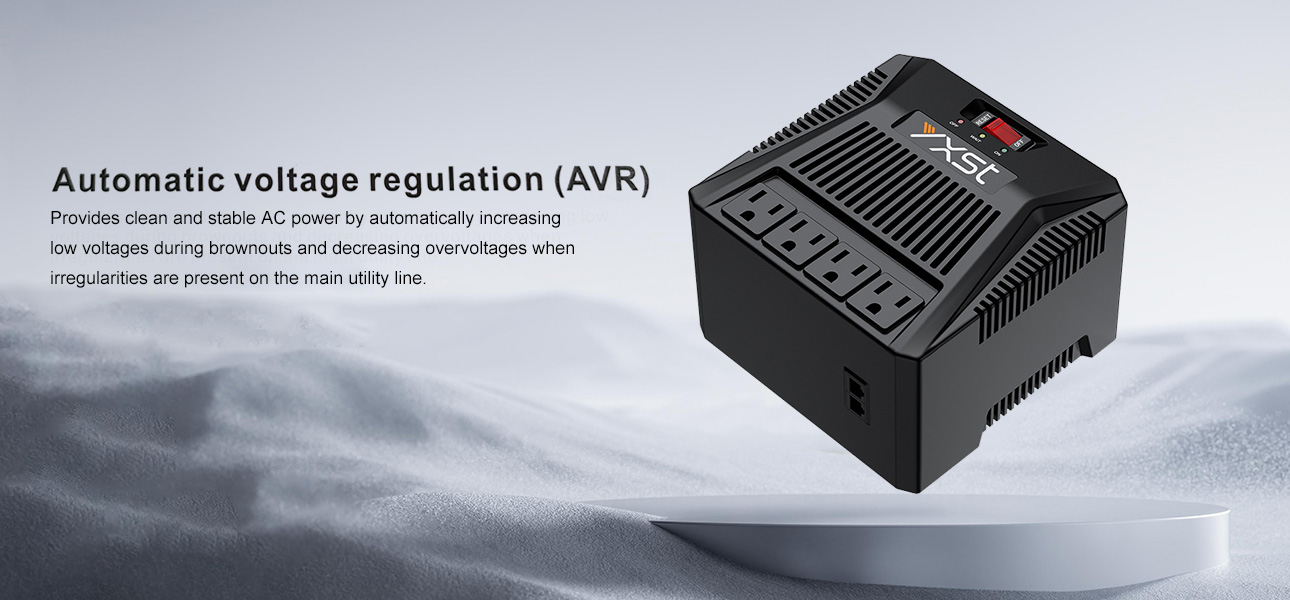The power of a household voltage stabilizer needs to consider the total power demand of household appliances, the quality of the power grid, the power environment and the reserved redundant space.
With the development of science and technology and the improvement of living standards, there are more and more household appliances, and household electricity consumption has also increased. In order to ensure the safety and stability of household electricity, household voltage stabilizers have become one of the indispensable appliances in modern families. So, what is the appropriate power for a household voltage stabilizer?
Automatic voltage regulators tell you,To select the appropriate power of household voltage stabilizer, it is necessary to comprehensively consider factors such as the power of household electrical equipment, the quality of the power grid, and the power environment.

▷ Calculate the total power demand of household electrical equipment:
Determine the power of all electrical equipment in the home, including high-power equipment (such as refrigerators, air conditioners, washing machines, etc.) and low-power equipment (such as TVs, computers, mobile phone chargers, etc.). Add the power of these devices to get the total power demand.
▷ Consider the quality of the power grid:
If the voltage fluctuation in the area where the home is located is large, it is recommended to choose a voltage stabilizer with a slightly larger capacity to ensure the normal use of electrical equipment.
▷ Consider the power environment:
If there are voltage-sensitive devices in the home (such as computers, projectors, etc.), it is also recommended to choose a voltage stabilizer with a slightly larger capacity.
▷ Reserve redundant space:
Considering the possible addition of electrical equipment in the future and the higher starting current that may be required when the electrical equipment is started, it is recommended that the power of the selected voltage stabilizer should be greater than the calculated total power demand, and a certain amount of redundant space should be left.
Generally speaking, the power of the voltage stabilizer should be about 1.2~1.5 times the maximum power load of the household.

Household voltage regulator manufacturers recommend the specific power selection of household appliances:
If there are only low-power devices in the home, it is recommended to choose a voltage stabilizer with a power of about 1000 watts to 2000 watts.
If there are high-power devices in the home, or both high-power and low-power devices, it is recommended to choose a voltage stabilizer with a slightly larger power. The specific power size needs to be determined according to the power of the high-power device. Usually, the total control of the high-power device needs to be less than about 80% of the rated power of the voltage stabilizer.
For small families, a fully automatic voltage stabilizer with a capacity of 3kVA (kilovolt-ampere) is sufficient; medium-sized families can choose a voltage stabilizer of 4-5kVA; large families or families that need to power high-power appliances, it is recommended to choose a large-capacity voltage stabilizer of more than 6kVA.
In summary, choosing the appropriate power of a household voltage stabilizer needs to be comprehensively considered according to the actual situation of the family, and refer to the above guidelines for decision-making.




